Home>Storage & Organization>Kitchen Organizing Tools>When Should Kittens Start Using A Litter Box
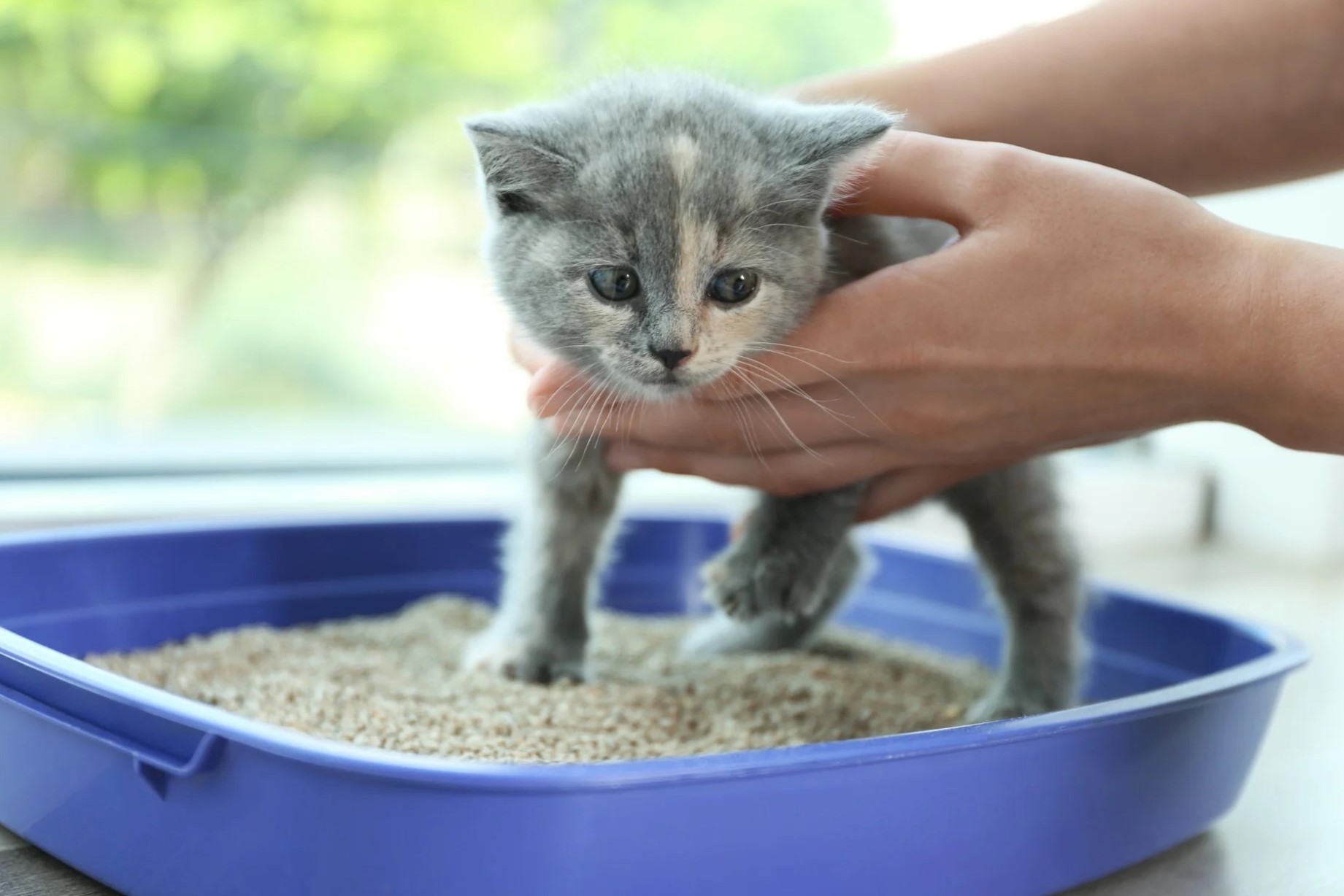

Kitchen Organizing Tools
When Should Kittens Start Using A Litter Box
Modified: March 2, 2024
Discover when kittens should start using a litter box and how to introduce them to this essential kitchen-organizing tool. Learn the best practices for successful litter box training.
(Many of the links in this article redirect to a specific reviewed product. Your purchase of these products through affiliate links helps to generate commission for Storables.com, at no extra cost. Learn more)
Introduction
Welcoming a new kitten into your home is an exciting and heartwarming experience. As a responsible pet owner, it's essential to provide a safe and comfortable environment for your furry friend to thrive. One of the key milestones in a kitten's development is the transition to using a litter box. This crucial step not only promotes good hygiene but also fosters a sense of independence in your feline companion.
Understanding the intricacies of when and how to introduce a litter box to your kitten is vital for their overall well-being. By gaining insight into the developmental stages of kittens and recognizing the signs that indicate their readiness to use a litter box, you can ensure a smooth and successful transition for your new pet.
In this comprehensive guide, we will delve into the various aspects of introducing kittens to a litter box, including the developmental timeline, behavioral cues, and practical tips for a seamless transition. By the end of this article, you will be equipped with the knowledge and confidence to support your kitten as they embark on this important journey towards litter box independence.
Key Takeaways:
- Kittens are ready for a litter box around 4-6 weeks when they show signs like sniffing, digging, and consistent grooming. Observing and responding to these cues fosters a positive and hygienic environment for both the kitten and their human companions.
- When introducing a kitten to a litter box, choose the right size and type of litter box, provide gentle encouragement, and offer positive reinforcement. Patience, consistency, and a supportive approach are key to successful litter box training.
Read more: When Do Kittens Use A Litter Box?
Understanding the Development of Kittens
Kittens undergo a remarkable journey of growth and development during their early stages of life. Understanding the key developmental milestones is crucial for providing appropriate care and guidance as they transition to using a litter box.
1. Neonatal Stage (0-2 Weeks)
During the neonatal stage, kittens are entirely dependent on their mother for nourishment and warmth. Their eyes and ears are closed, and they are unable to regulate their body temperature. At this stage, kittens are unable to urinate or defecate without the assistance of their mother, who stimulates their elimination reflex by licking them.
2. Transitional Stage (2-4 Weeks)
As kittens enter the transitional stage, their senses begin to develop, and they start to explore their surroundings. Their eyes begin to open, and they become more mobile. It is during this phase that they start to show interest in solid food and begin the weaning process.
3. Socialization Stage (4-12 Weeks)
The socialization stage is a critical period for kittens as they learn important social and behavioral skills from their mother and littermates. They become more playful and curious, actively engaging in interactive play and learning vital communication cues. This stage is also when they start to develop their natural instinct for grooming and self-care.
Read more: When To Introduce Kittens To A Litter Box
4. Juvenile Stage (12 Weeks and Beyond)
As kittens transition into the juvenile stage, they become more independent and self-sufficient. They continue to refine their motor skills, coordination, and cognitive abilities. This stage marks the beginning of their readiness to learn and adapt to new behaviors, including using a litter box.
Understanding these developmental stages provides valuable insight into a kitten's physical and behavioral capabilities. By recognizing the unique needs and capabilities of kittens at each stage, pet owners can tailor their approach to introducing the litter box, ensuring a positive and successful experience for their feline companions.
Signs that Kittens are Ready to Use a Litter Box
As a pet owner, being attuned to your kitten's behavior and physical cues is essential for identifying the optimal time to introduce them to a litter box. Here are the key signs that indicate your kitten is ready to embark on their litter box journey:
-
Elimination Awareness: When kittens reach the juvenile stage, typically around 4-6 weeks of age, they start to display awareness of their elimination needs. You may observe them sniffing around, circling, or crouching as if they are attempting to find a suitable spot for elimination. This behavior signifies their growing understanding of the concept of using a designated area for urination and defecation.
-
Digging and Scratching: Kittens naturally exhibit digging and scratching behaviors, which are instinctual actions related to covering their waste. When you notice your kitten displaying these behaviors, such as pawing at the ground or litter substrate, it indicates their inclination to bury their waste, a behavior that aligns with using a litter box.
-
Consistent Grooming: As kittens mature, they become more diligent in grooming themselves, including their genital area. This self-grooming behavior is a positive indicator that they are developing the hygiene habits necessary for using a litter box.
-
Establishing Territory: Kittens are territorial animals, and as they grow, they begin to establish their own defined spaces within their environment. If you observe your kitten repeatedly returning to a specific area to eliminate, it suggests their inclination to create a designated elimination spot, making them receptive to the concept of a litter box.
-
Observing Litter Box Usage: If your kitten is part of a litter with a mother cat, they may start observing and imitating their mother and littermates using the litter box. This observational learning can significantly accelerate their readiness to use a litter box independently.
By recognizing these signs and behaviors, you can confidently introduce your kitten to a litter box at the most opportune time, ensuring a smooth and successful transition to this essential aspect of their daily routine. Understanding and responding to your kitten's readiness for litter box usage fosters a positive and hygienic environment for both your pet and your home.
Tips for Introducing Kittens to a Litter Box
Introducing a kitten to a litter box is a pivotal step in their development and requires thoughtful guidance to ensure a seamless transition. By employing the following tips, you can create a positive and supportive environment for your kitten as they embark on their litter box journey.
-
Select the Right Litter Box: Choose a litter box that is appropriately sized for your kitten, allowing easy access and maneuverability. Opt for a low-sided box to accommodate their small stature, making it effortless for them to enter and exit.
-
Choose the Ideal Litter: Select a non-clumping, unscented litter for your kitten's initial introduction to the litter box. Avoid using clumping litter initially, as kittens may ingest it while exploring, posing potential health risks.
-
Strategic Placement: Position the litter box in a quiet and easily accessible location, away from their feeding area. Ensure that the box is placed on a level surface, providing a sense of stability and security for your kitten.
-
Gentle Encouragement: Guide your kitten to the litter box after meals, playtime, or naps, as these are times when they are more likely to need to eliminate. Gently place them in the litter box and allow them to explore the substrate with their paws.
-
Positive Reinforcement: Offer verbal praise and gentle petting when your kitten shows interest in or uses the litter box. Positive reinforcement creates a positive association with the litter box, encouraging them to repeat the behavior.
-
Regular Monitoring: Keep a close eye on your kitten's behavior and promptly place them in the litter box if you notice signs of elimination readiness. Consistent monitoring allows you to guide and support them during this learning process.
-
Maintain Cleanliness: Regularly scoop the litter box to remove waste and maintain a clean environment. Kittens are more likely to use the litter box if it is kept clean and inviting.
-
Patience and Understanding: Understand that accidents may occur during the initial stages of litter box training. Approach accidents with patience and refrain from scolding your kitten, as this can create negative associations with the litter box.
By implementing these tips, you can facilitate a smooth and positive introduction to the litter box for your kitten. Patience, consistency, and a supportive approach are key elements in guiding your kitten towards successful litter box usage, fostering a hygienic and harmonious living environment for both you and your feline companion.
Common Mistakes to Avoid
Introducing a kitten to a litter box is a significant milestone that requires careful attention and guidance. While the process may seem straightforward, there are common mistakes that pet owners should be mindful of to ensure a positive and successful transition for their furry companions. By being aware of these potential pitfalls, you can proactively avoid them and create an optimal environment for your kitten's litter box training.
1. Inadequate Litter Box Accessibility
One common mistake is providing a litter box that is inaccessible or intimidating for the kitten. This can include using a box with high sides, making it challenging for the kitten to enter and exit comfortably. Additionally, placing the litter box in a noisy or high-traffic area can deter the kitten from using it. To avoid this, ensure that the litter box is easily accessible and located in a quiet, low-traffic area to promote a sense of security and privacy for the kitten.
2. Using Incorrect Litter or Substrate
Selecting the wrong type of litter or substrate can hinder a kitten's acceptance of the litter box. Clumping litter, scented litter, or rough-textured substrates may be off-putting to kittens, leading them to avoid the litter box altogether. It is important to choose a soft, non-clumping, unscented litter that is gentle on the kitten's delicate paws. Additionally, avoid using materials such as sand or soil, as they may confuse the kitten about the intended purpose of the litter box.
3. Inconsistent Cleaning and Maintenance
Neglecting to maintain a clean litter box can discourage a kitten from using it. Accumulated waste and an unclean environment can lead to aversion and anxiety, causing the kitten to seek alternative elimination spots. Regularly scooping the litter box and replacing the litter as needed is essential for promoting a hygienic and inviting space for the kitten.
4. Lack of Positive Reinforcement
Failing to provide positive reinforcement when the kitten uses the litter box is a common oversight. Positive reinforcement, such as verbal praise and gentle petting, plays a crucial role in reinforcing the desired behavior. Without positive reinforcement, the kitten may not associate the litter box with a positive experience, hindering their willingness to use it consistently.
Read more: How To Train A Kitten To Use A Litter Box
5. Reacting Negatively to Accidents
Accidents are a natural part of the litter box training process, especially during the initial stages. Reacting negatively to accidents, such as scolding or punishing the kitten, can create anxiety and fear associated with the litter box. Instead, approach accidents with patience and understanding, focusing on guiding the kitten towards the appropriate elimination area without instilling fear or stress.
By being mindful of these common mistakes and taking proactive measures to avoid them, you can set the stage for a successful and harmonious introduction of your kitten to the litter box. Creating a supportive and nurturing environment during this crucial developmental phase contributes to a positive and hygienic relationship between your kitten and their litter box.
Conclusion
Introducing a kitten to a litter box is a significant milestone in their development, marking the beginning of their journey towards independence and responsible hygiene habits. By understanding the developmental stages of kittens and recognizing the signs that indicate their readiness to use a litter box, pet owners can provide the necessary support and guidance to ensure a smooth and successful transition.
The developmental stages of kittens, from the neonatal phase to the juvenile stage, offer valuable insights into their physical and behavioral capabilities. By aligning the introduction of the litter box with their developmental readiness, pet owners can create an environment conducive to the kitten's learning and adaptation.
Recognizing the signs that indicate a kitten's readiness to use a litter box, such as elimination awareness, digging and scratching behaviors, and consistent grooming, empowers pet owners to introduce the litter box at the most opportune time. Observing and responding to these cues fosters a positive and hygienic environment for both the kitten and their human companions.
Guiding the introduction of kittens to a litter box with thoughtful tips, such as selecting the right litter box, choosing suitable litter, and providing gentle encouragement, sets the stage for a positive and successful transition. Patience, consistency, and positive reinforcement play pivotal roles in nurturing the kitten's understanding and acceptance of the litter box as a designated elimination area.
Furthermore, being mindful of common mistakes to avoid, such as inadequate litter box accessibility, using incorrect litter or substrate, and neglecting positive reinforcement, empowers pet owners to create an optimal environment for their kitten's litter box training. By proactively addressing these potential pitfalls, pet owners can mitigate challenges and promote a harmonious relationship between the kitten and their litter box.
In conclusion, the successful introduction of a kitten to a litter box is a collaborative journey that requires understanding, patience, and attentive guidance. By leveraging the knowledge and insights shared in this guide, pet owners can create a supportive and nurturing environment for their kittens, fostering positive litter box habits and contributing to a hygienic and harmonious living space for both the kitten and their human family.
Frequently Asked Questions about When Should Kittens Start Using A Litter Box
Was this page helpful?
At Storables.com, we guarantee accurate and reliable information. Our content, validated by Expert Board Contributors, is crafted following stringent Editorial Policies. We're committed to providing you with well-researched, expert-backed insights for all your informational needs.
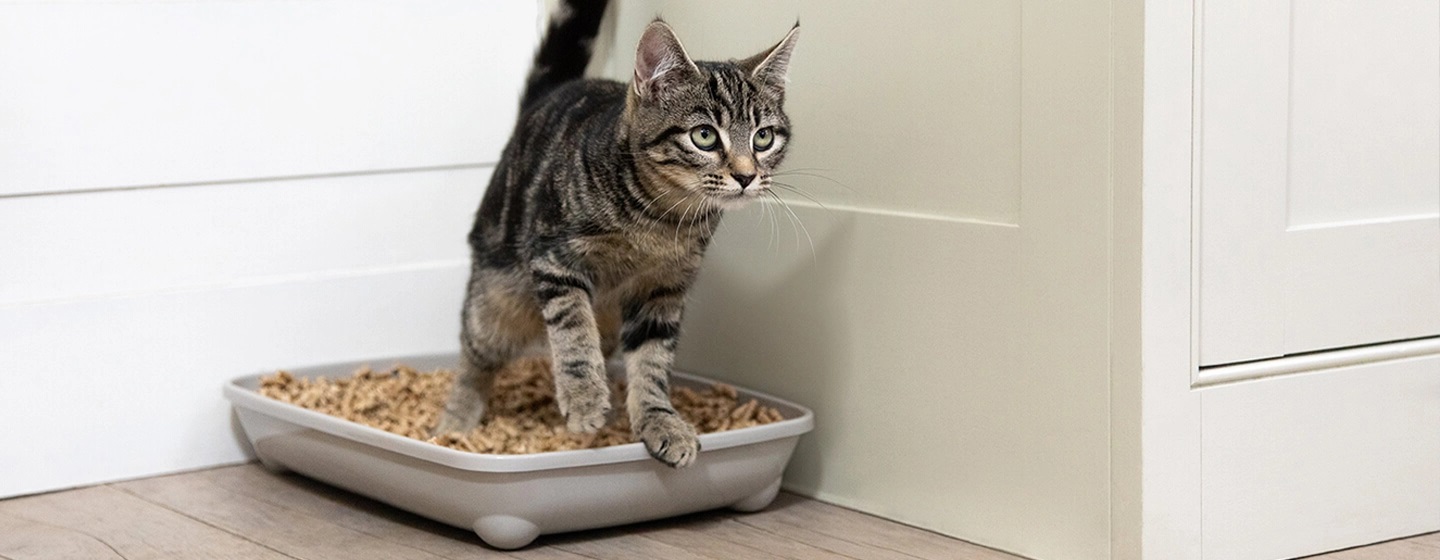
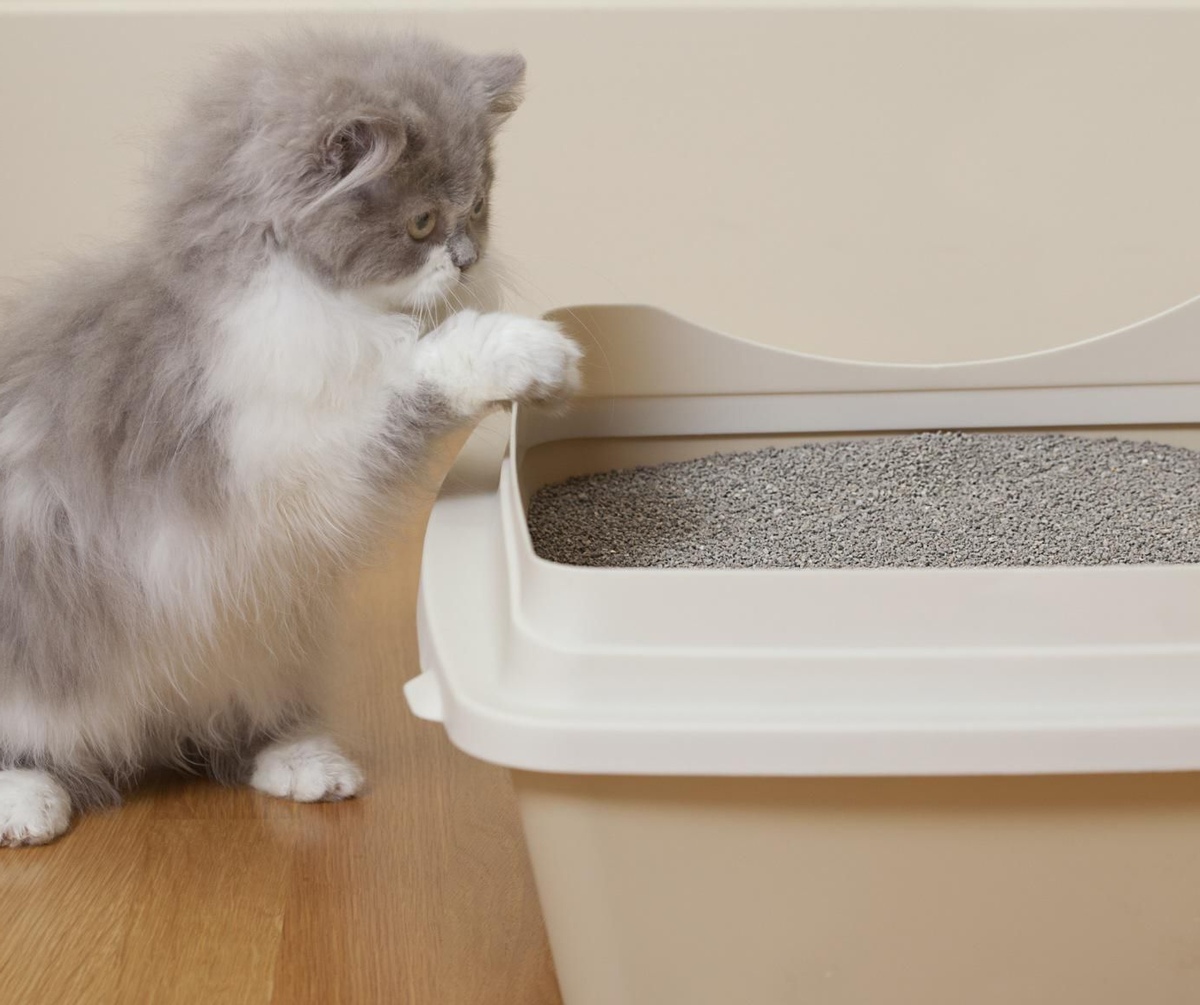
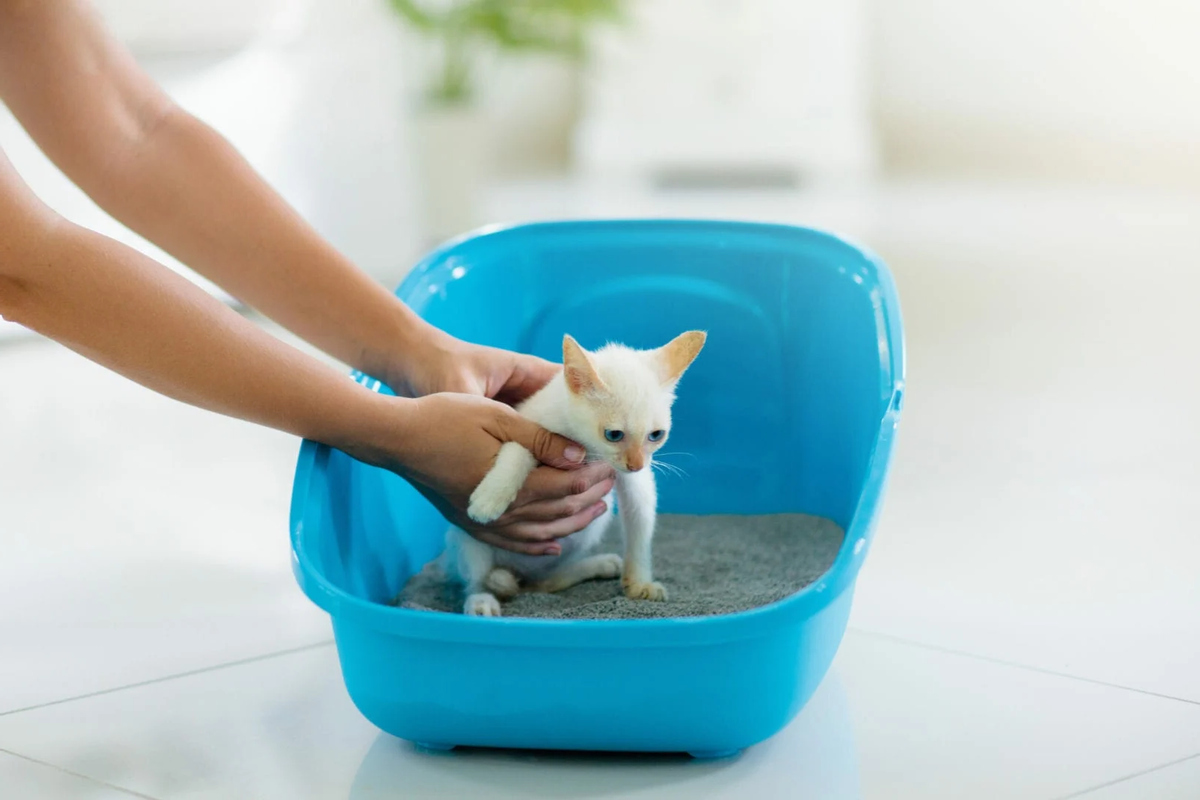
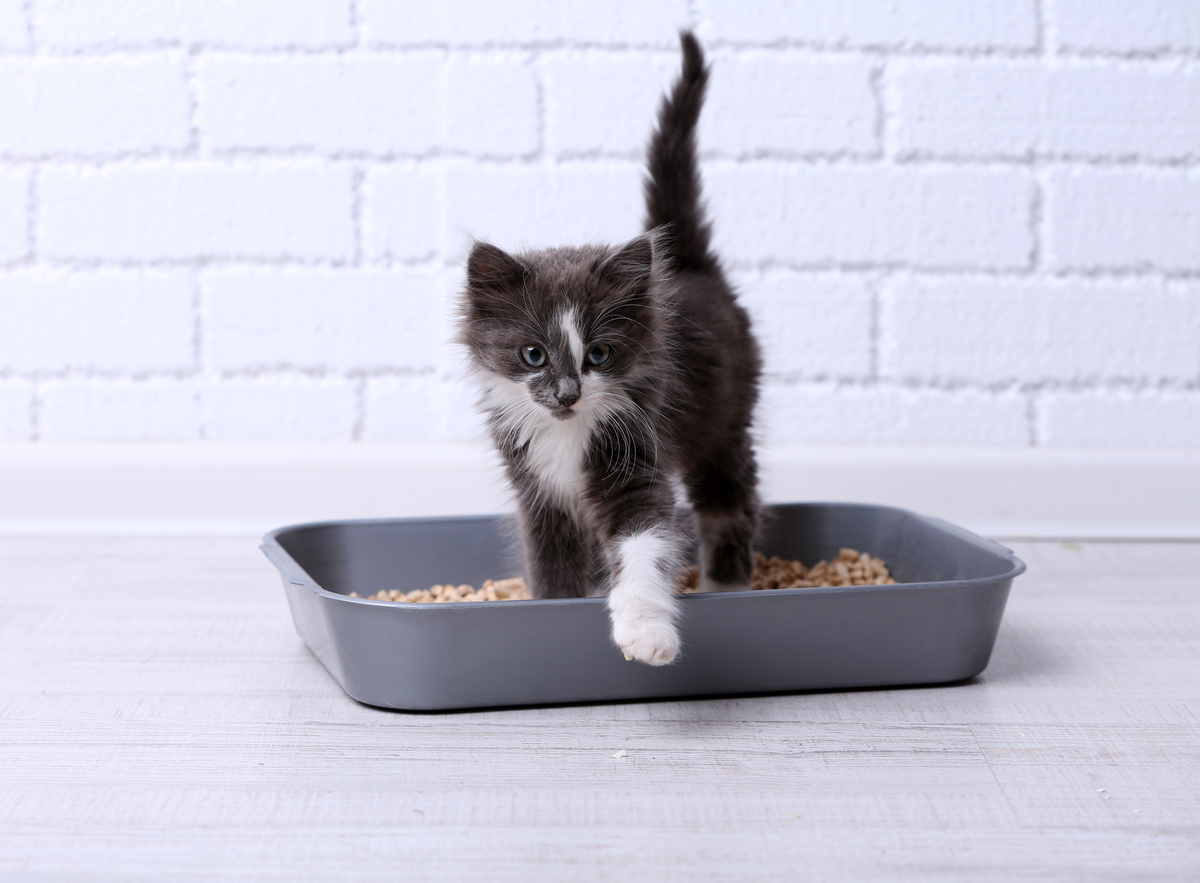
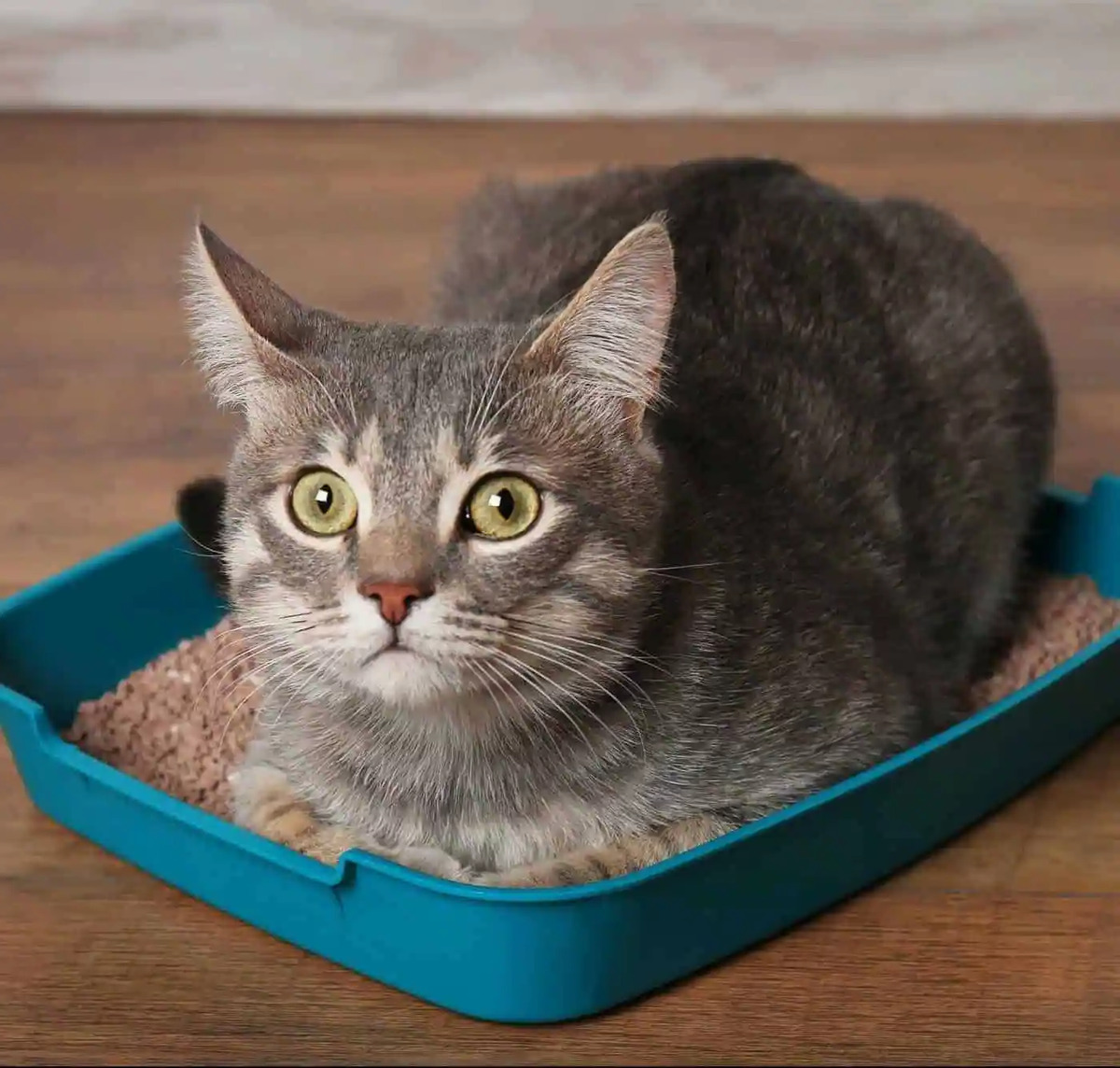
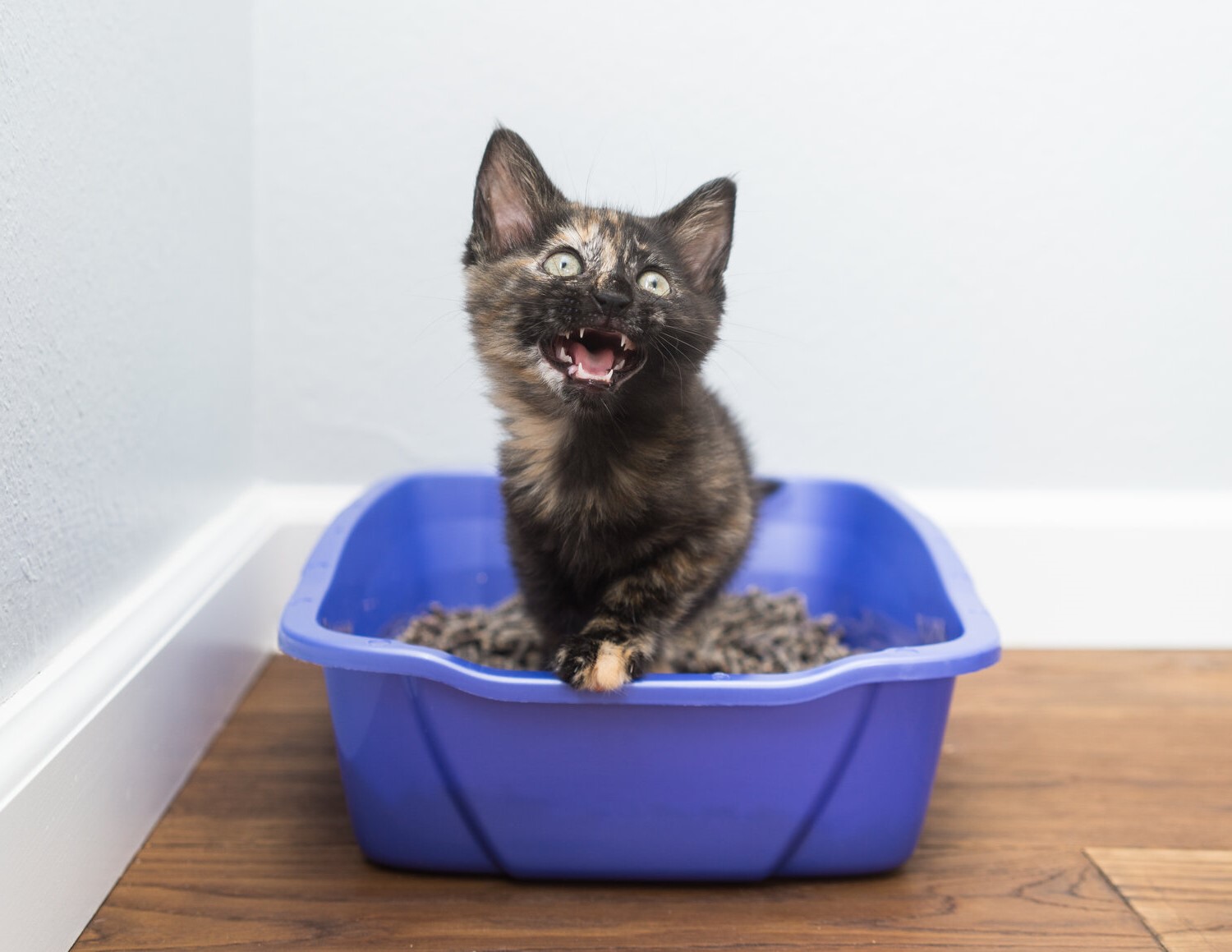
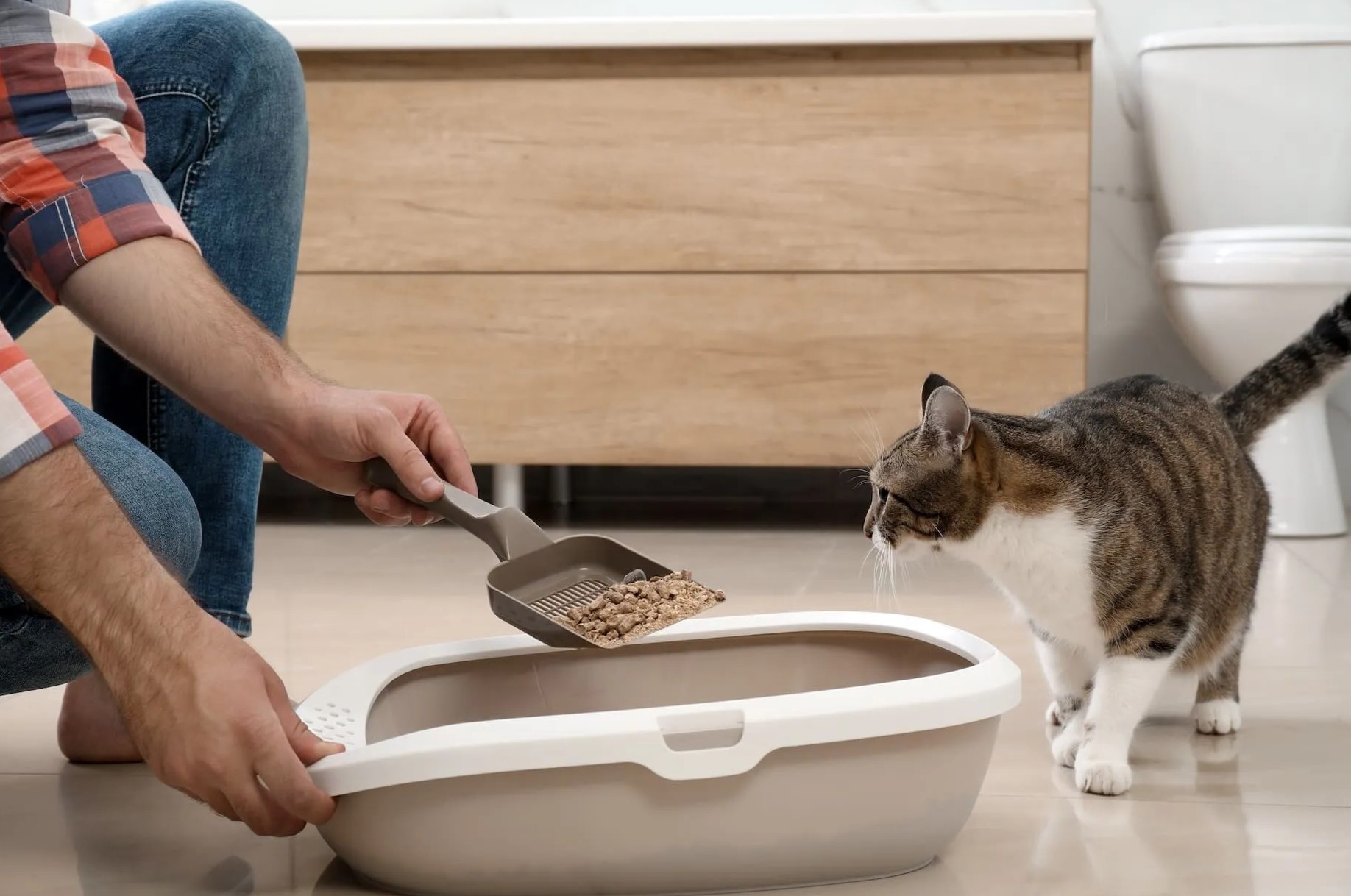
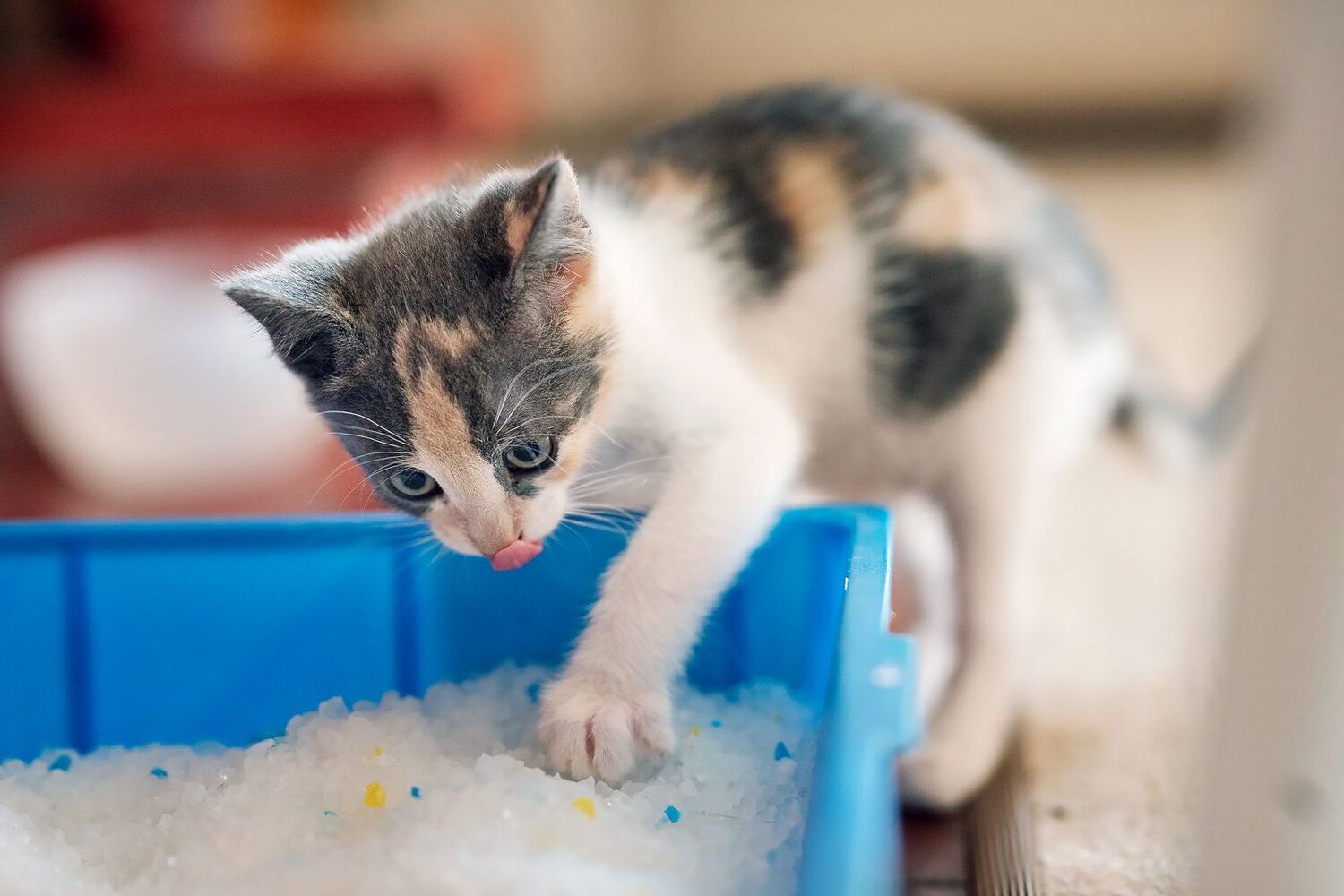
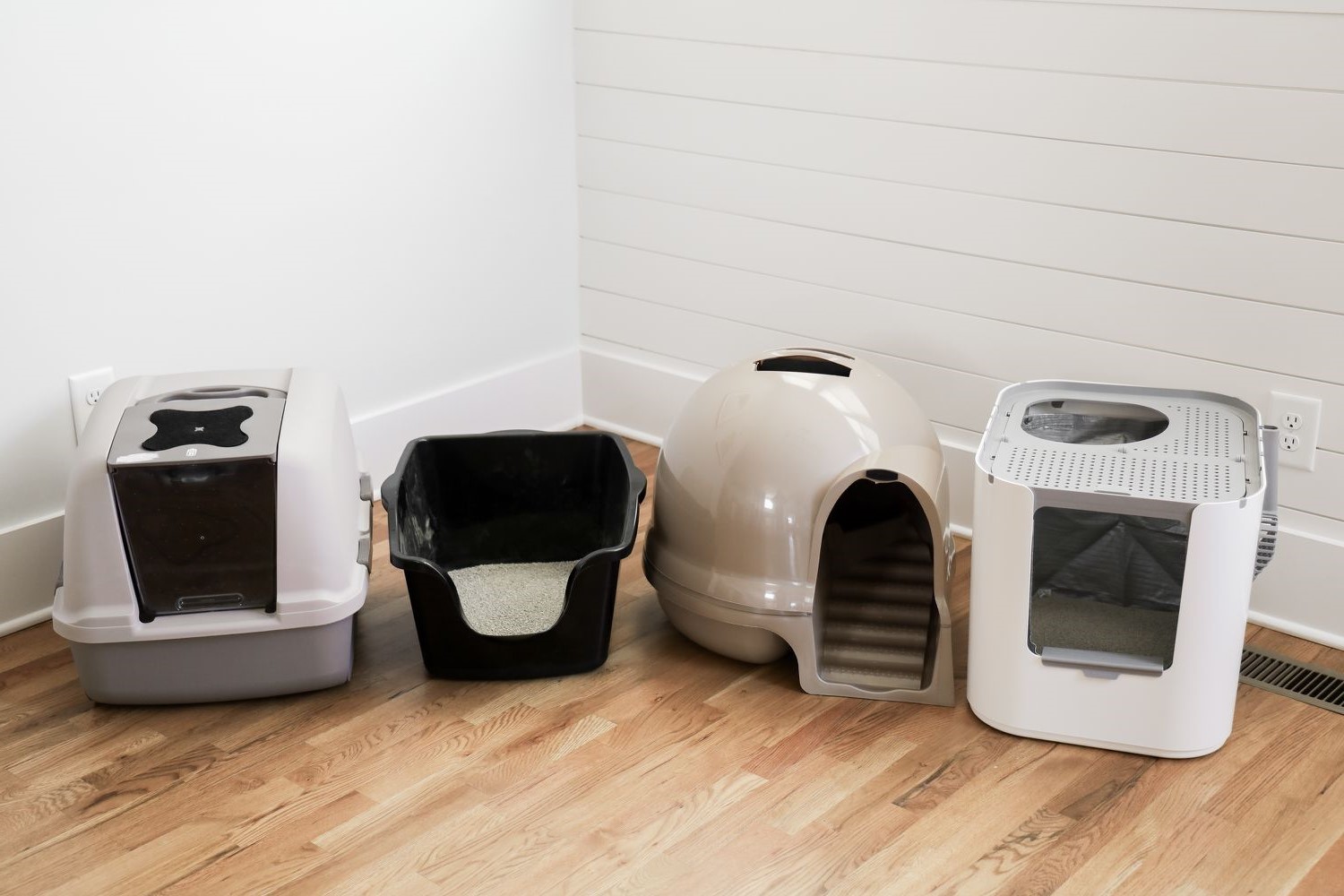
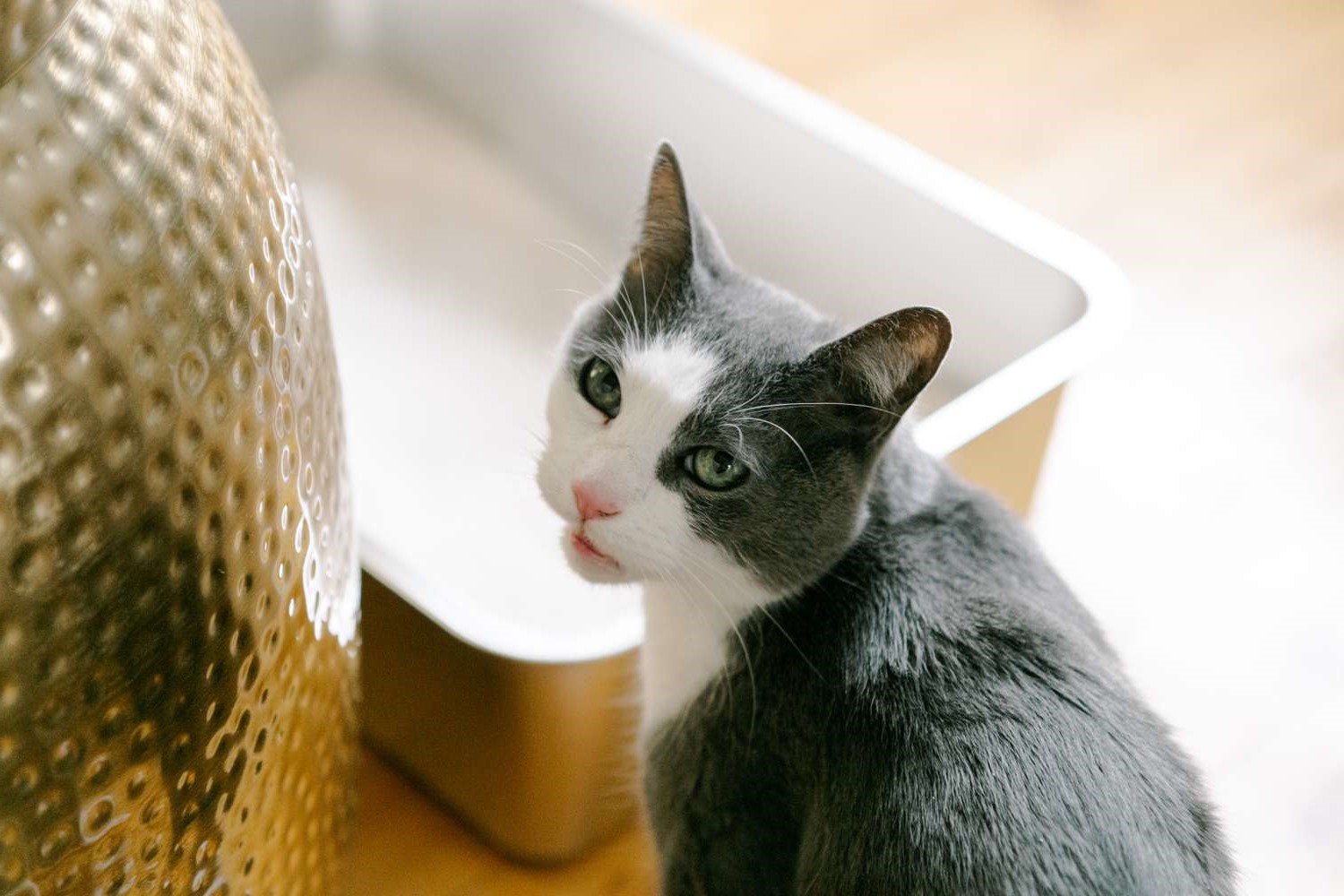
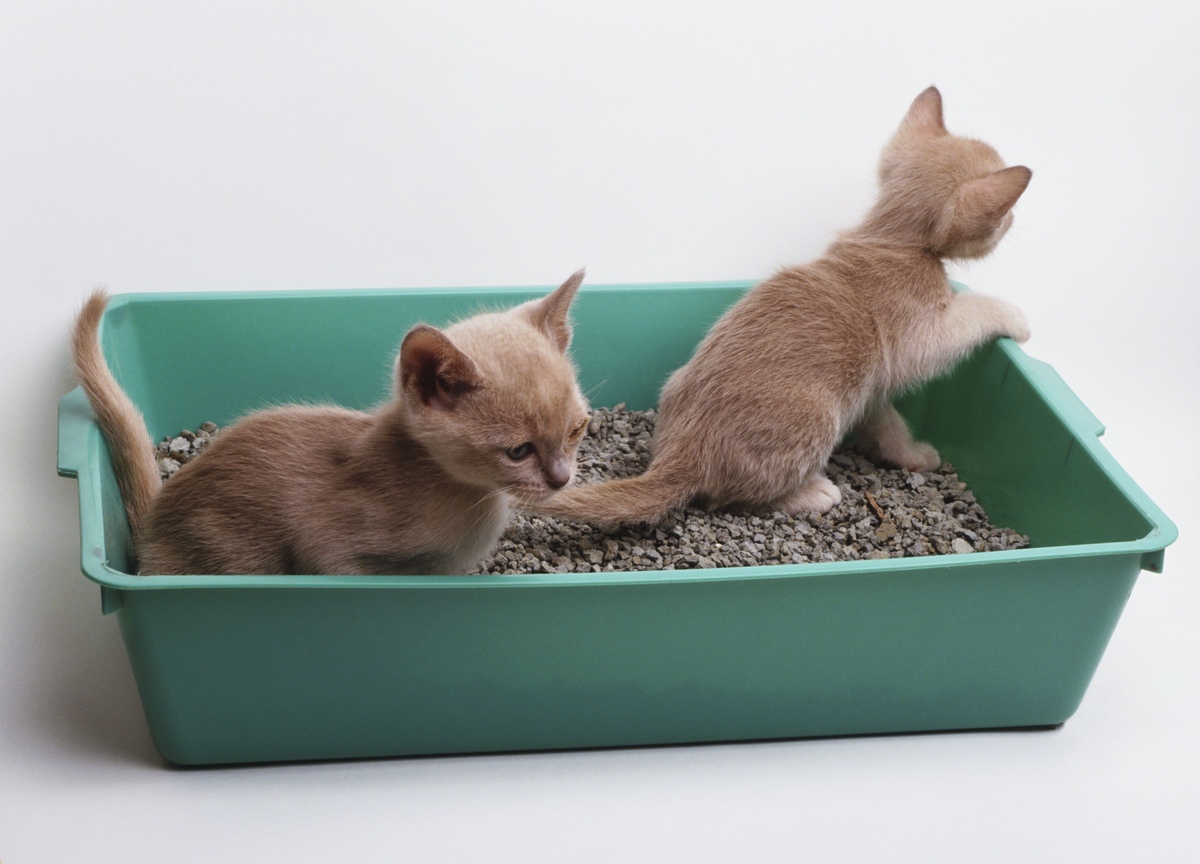
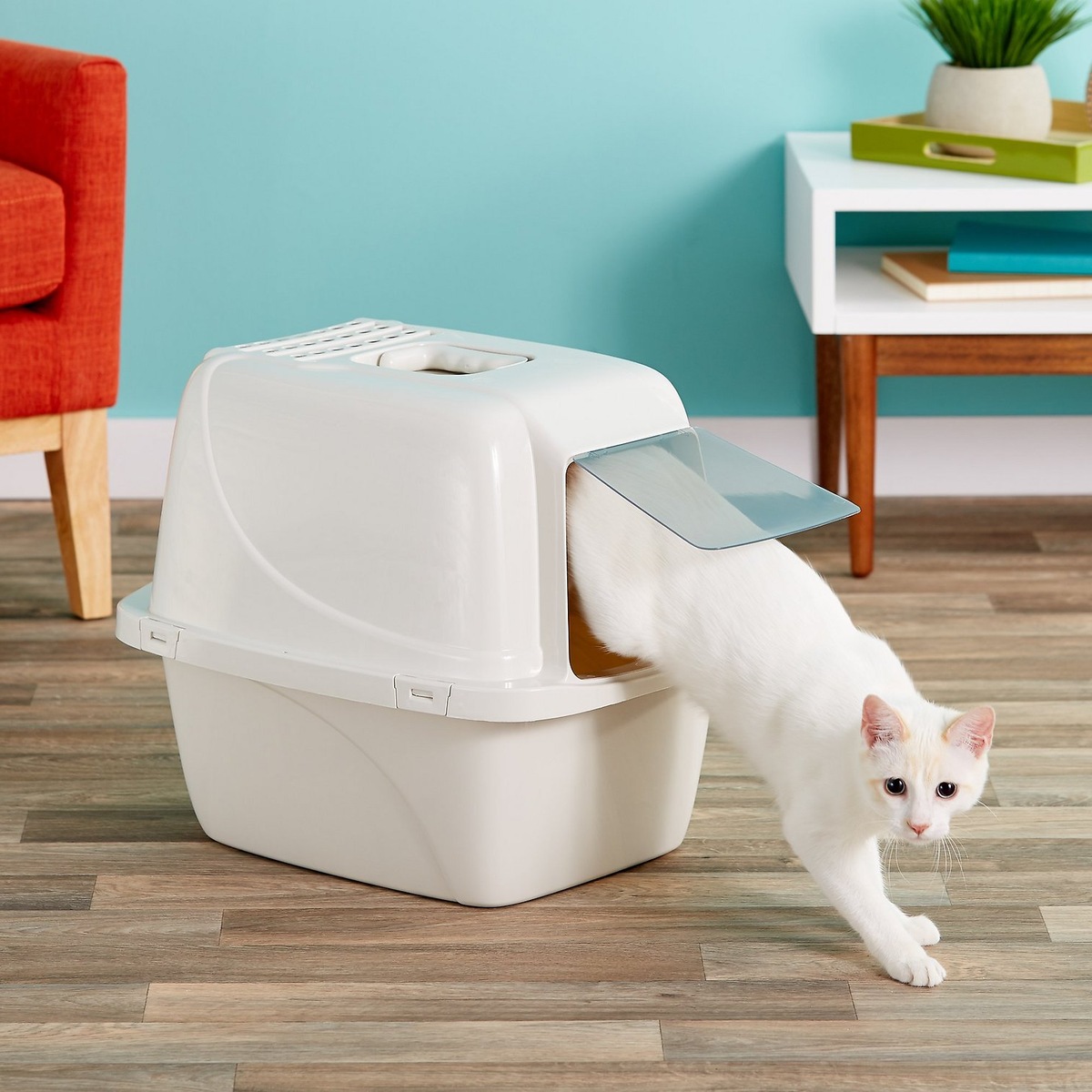

0 thoughts on “When Should Kittens Start Using A Litter Box”